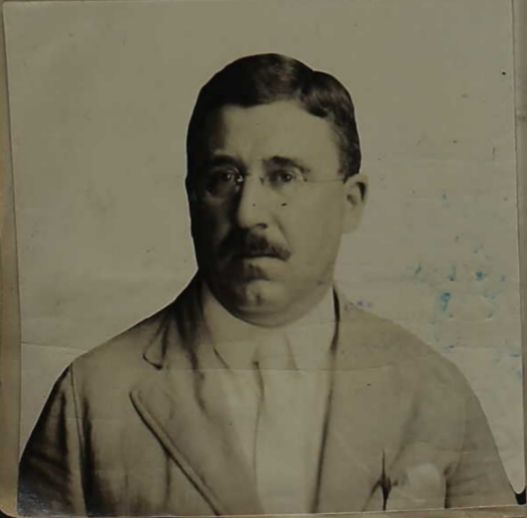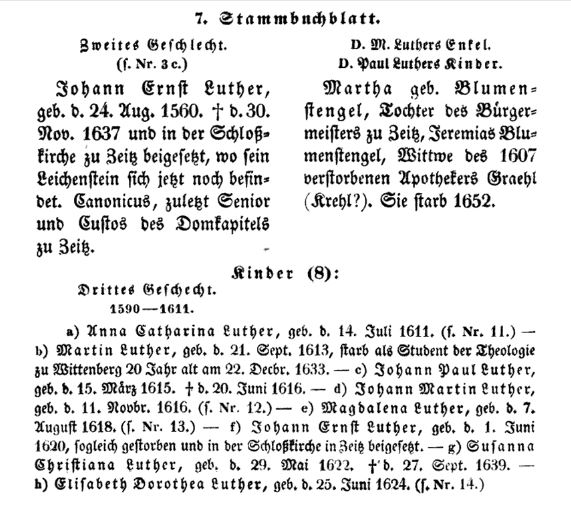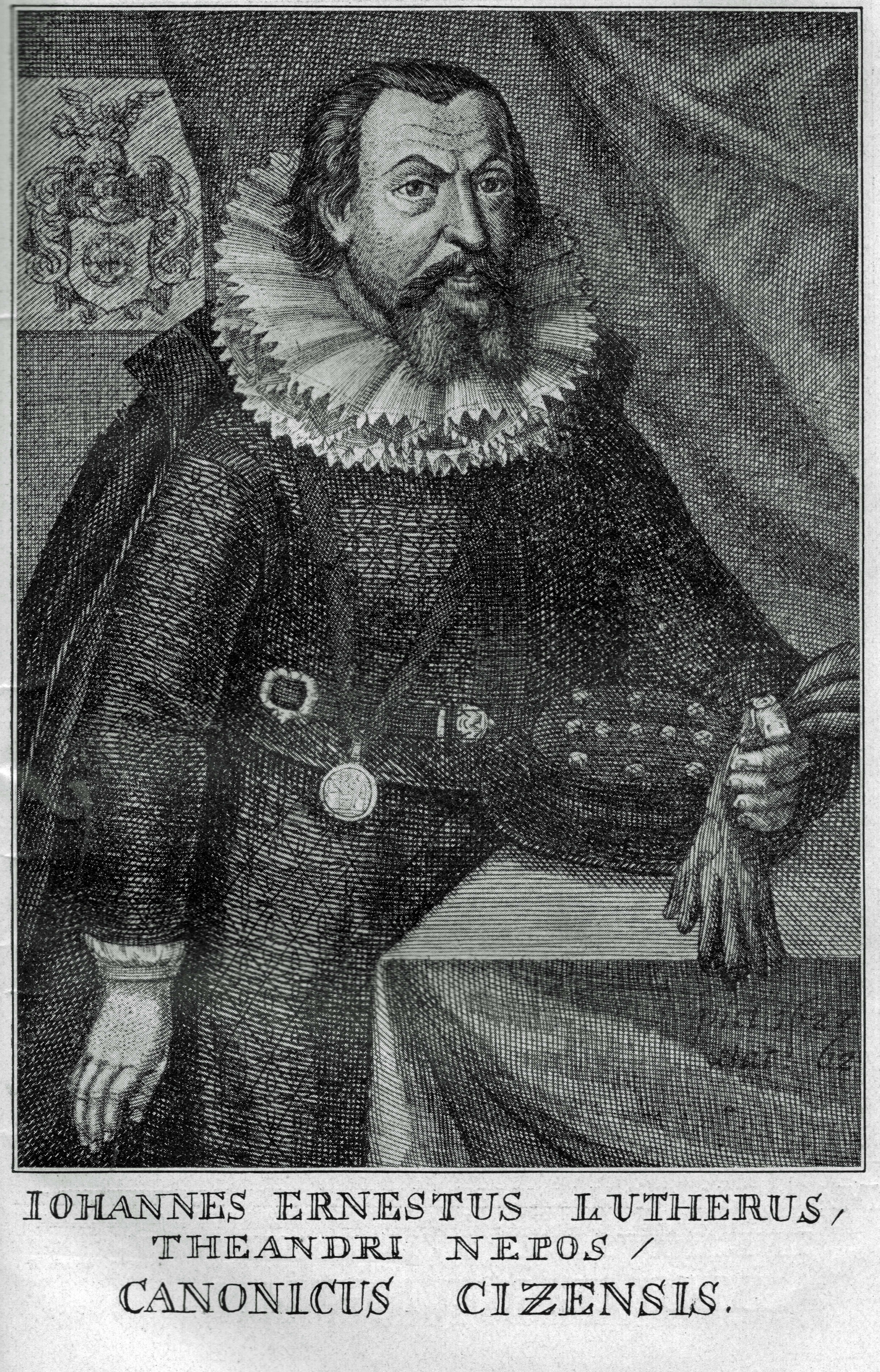Entry #38
Eva Miller was the ninth child of Andrew Miller and Kate Wippel Miller and my great grand aunt. She was born 31 October 1883 in Cincinnati, Ohio. By the time Eva was 16, she was married to Nicholas Bauer and a year later they had a son, Philipp Edward “Eddie” Bauer.
Eva and Nicholas appear in the Dayton, Ohio, 1900 census together in a household that makes no sense to me.
The census lists the head of household as Philip Miller, b. 1828, and a widow. Next is a daughter, Lottie Case, age 40, born in New York, and married for 13 years. After that is a son-in-law, Nicholas Bowers, born September 1880, age 20, and born in Ohio. He is married to Eva Bowers, born October 1881 and age 18. Of course, Eva wasn’t really 18 in 1900, she was only 16. How do I know that this is Eva Miller? Eva’s husband, Nicholas Bauer was, indeed, born in September 1880. Andrew and Kate Miller were living in Dayton at the time, so it is not surprising to find Eva there; but who is this Philip Miller? It cannot possibly be Eva’s father despite how the census identifies him. Eva did have a brother named Philip, but he was born in 1872. Eva’s father, Andrew was born in 1845 not 1828. There would have been an uncle named Philipp Miller, but he had died in the Civil War. Eva’s grandfather was also Philipp Miller (Müller), but he was also deceased by 1900, having died before Eva was born. Further, Eva had no sister named Lottie; her parents were too young to have had children in 1860.
Unfortunately, Eva’s life took a sad turn. By 1910, Eva Miller Bauer was an inmate of the Dayton State Hospital, formerly the Dayton Asylum for the Insane. We do not know what year she was admitted or how long her marriage lasted, but the 1910 census also tells us that she was divorced. She was only 26 years old. In 1920, Eva was still a patient in the same hospital. The enumerators were given very little information about her. She is listed as married and her birth year had moved forward to 1885. Eva died in the Dayton State Hospital on 17 December 1921. Her death certificate states the cause of death as chronic interstitial nephritis, which could have been caused by an overdose of medication. A contributing factor was dementia praecox. Today that would probably be schizophrenia.
The death certificate also said that Eva was born in Augusta, Maine (impossible). Could she have been asking for her sister, my great-grandmother, Augusta, and that was confused with a place? We will never know. Eva Miller Bauer was just 38 when she died. I also wonder if Eva provided the information to the 1900 census taker. Since her mental illness may have had an early onset, she might have been delusional even in her late teens.
For a while Andrew and Kate cared for Eva’s son, Eddie, as he was called, and he lived with them. Nicholas Bauer moved to California and remarried. Eddie eventually followed. Eva is buried with her mother in Spring Grove Cemetery in Cincinnati, Ohio. Her cause of death on the burial certificate is listed as “brain fever.”

























